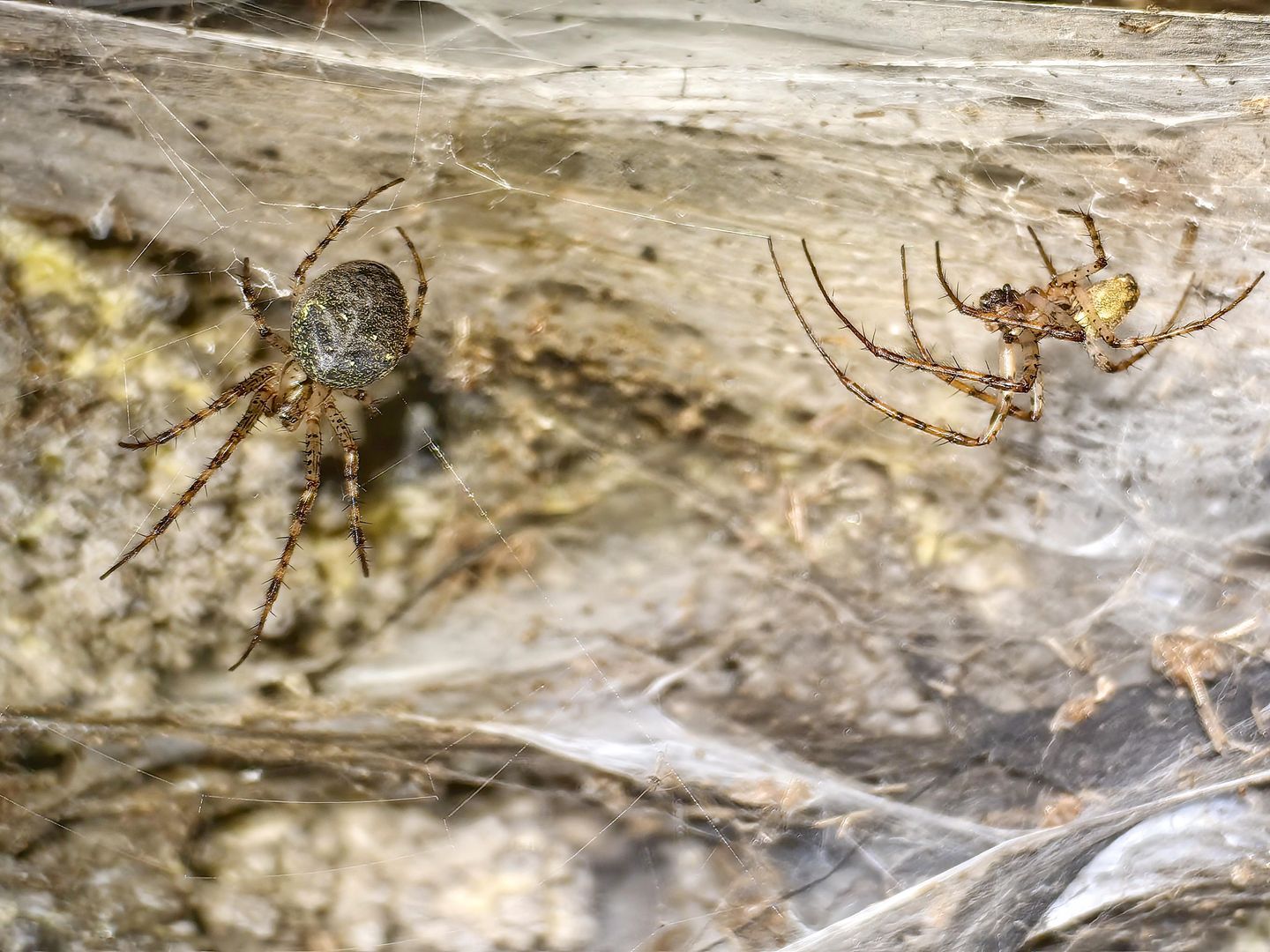
A massive multi-species spider web found in a cave on the Greece-Albania border is thought to be the world’s largest.
The sulfurous environment in the Sulfur Cave sustains microbes, which sustain larval and adult midges which in turn feed two spider populations: 69,000 barn funnel weaver spiders and 42,000 sheet weaver spiders, according to a study published last month in the journal Subterranean Biology.
The web stretches for about 1,140 square feet, according to the New York Times.
The massive web, shared by the thousands of spiders, is the first example of colonial web building for either species, the study’s authors said.
“I’ve been working for 18 years with spiders, and I’ve never seen such a community,” study author Blerina Vrenozi told the New York Times. She added that “neither of these species is a social species; they’re solitary species.”
Both populations are also genetically distinct compared to other populations of their species living in other habitats, the study authors said.
“Spiders in the cave lay about a third of the eggs compared to spiders that live outdoors. Because it’s certain that they will raise their offspring there … so they can afford to lay fewer eggs,” cave researcher Marek Audy, who first found the web in 2021, told The Associated Press Friday.
















